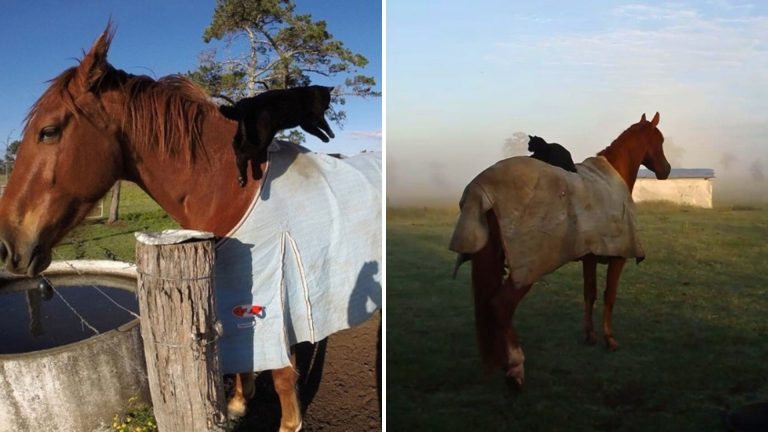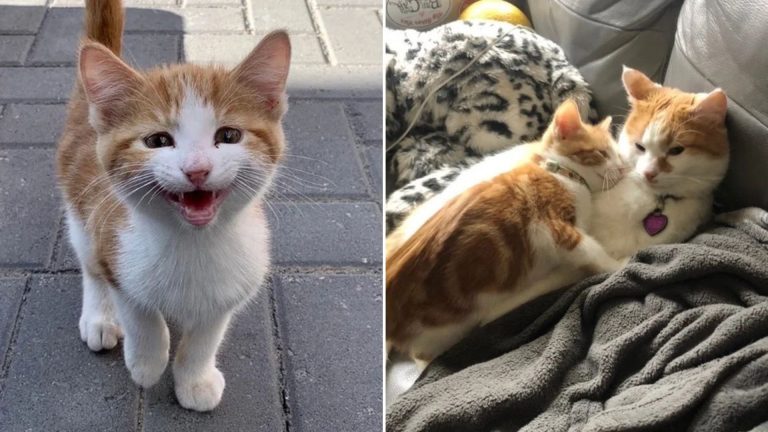Do Cats Always Land On Their Feet? Find Out Here!
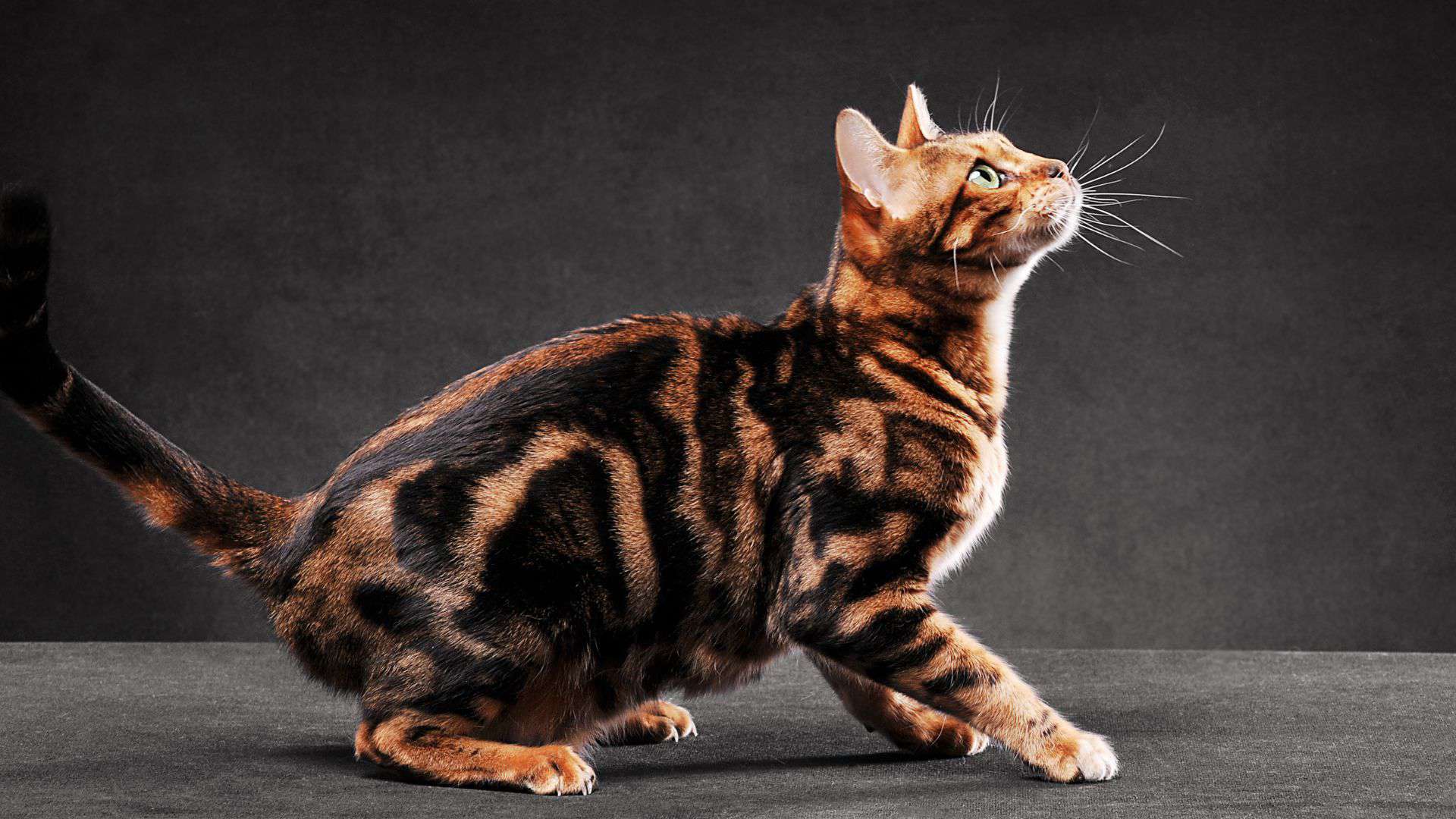
Most people have probably heard the saying: “Cats always land on their feet,” but is that true?
Cats are incredible hunters, known for their speed, agility, and remarkable balance. This has led to the belief that they always land on their feet, even after falling from great heights.
However, that’s not entirely true, and it’s time to break that myth.
The truth is that cats usually land on their feet, but not always, and some factors influence that.
The primary reason cats often land on their feet is due to their inbuilt balancing system, known as the “righting reflex.” This unique ability allows them to quickly reorient themselves during a fall and land on their feet.
The Righting Reflex
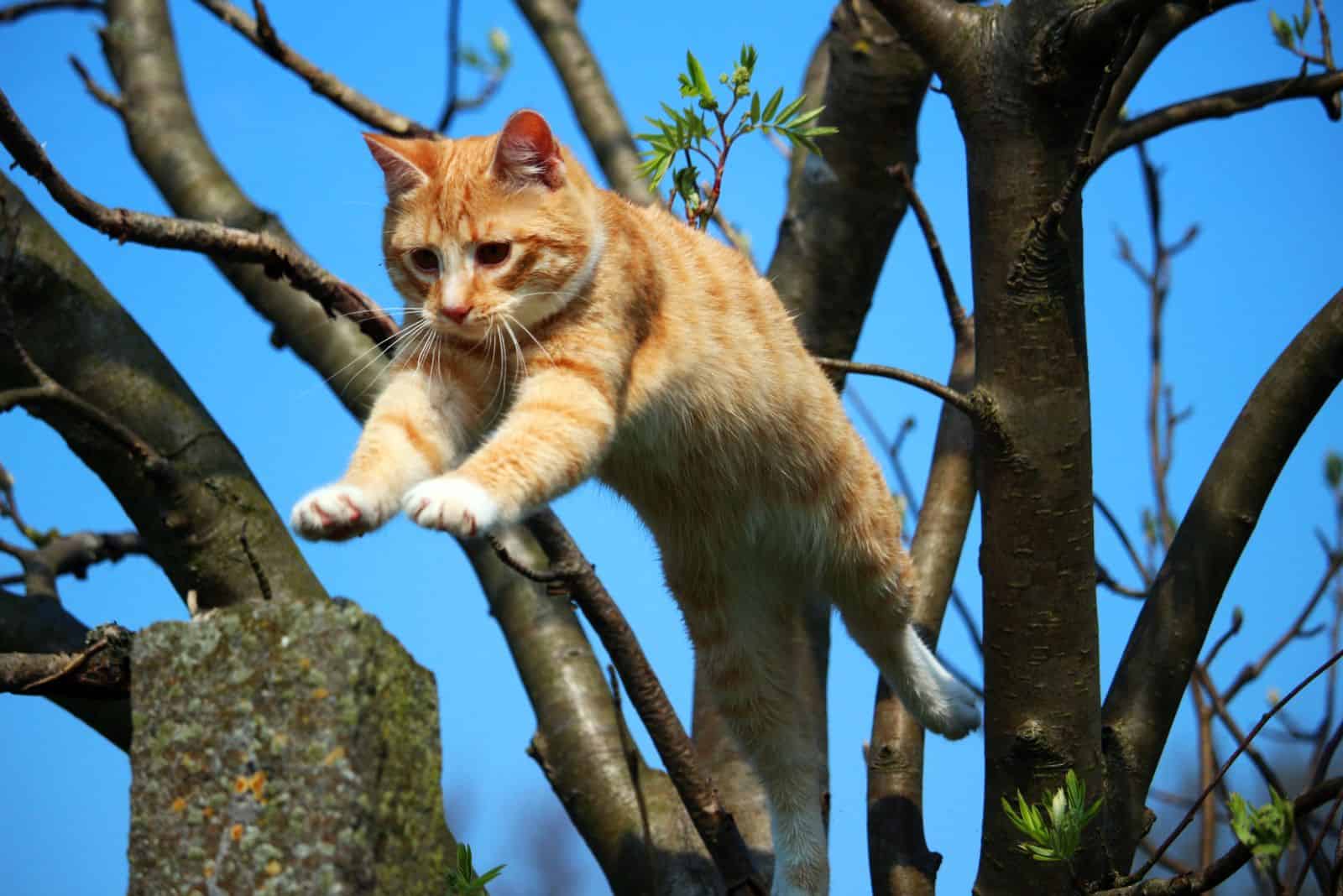
The righting reflex is a biological mechanism driven by an instinctive deviation from the upright position.
Cats employ a complex system of visual, vestibular, and somatic inputs to detect that they are in free fall and need to adjust their position to land safely. Amazing, isn’t it?
This reflex helps determine which direction is ‘up’ and reorients the cat’s head into an upright position, bringing the entire body with it.
So, how does this righting reflex work with cats?
Cats are one of the primary subjects for studying the righting reflex, and they seem to have mastered it. When cats fall, they follow a series of steps:
• They bend in the middle, separating the front and rear halves of their bodies.
• They twist their body into a U-shape.
• They tuck in their front legs while extending their back legs, allowing them to rotate rapidly in the desired direction.
• In the final phase, they complete the rotation by tucking in their back legs and extending their front legs. This process happens incredibly quickly, making it challenging to observe.
However, two main factors help cats with their righting reflex: skeletal structure and terminal velocity.
Skeletal Structure
Cats lack a collarbone, a structure that prevents quick twisting in humans. This absence allows them to make rapid body rotations.
Additionally, cats have flexible spines with 30 vertebrae, enhancing their ability to bend their bodies during a fall.
Terminal Velocity
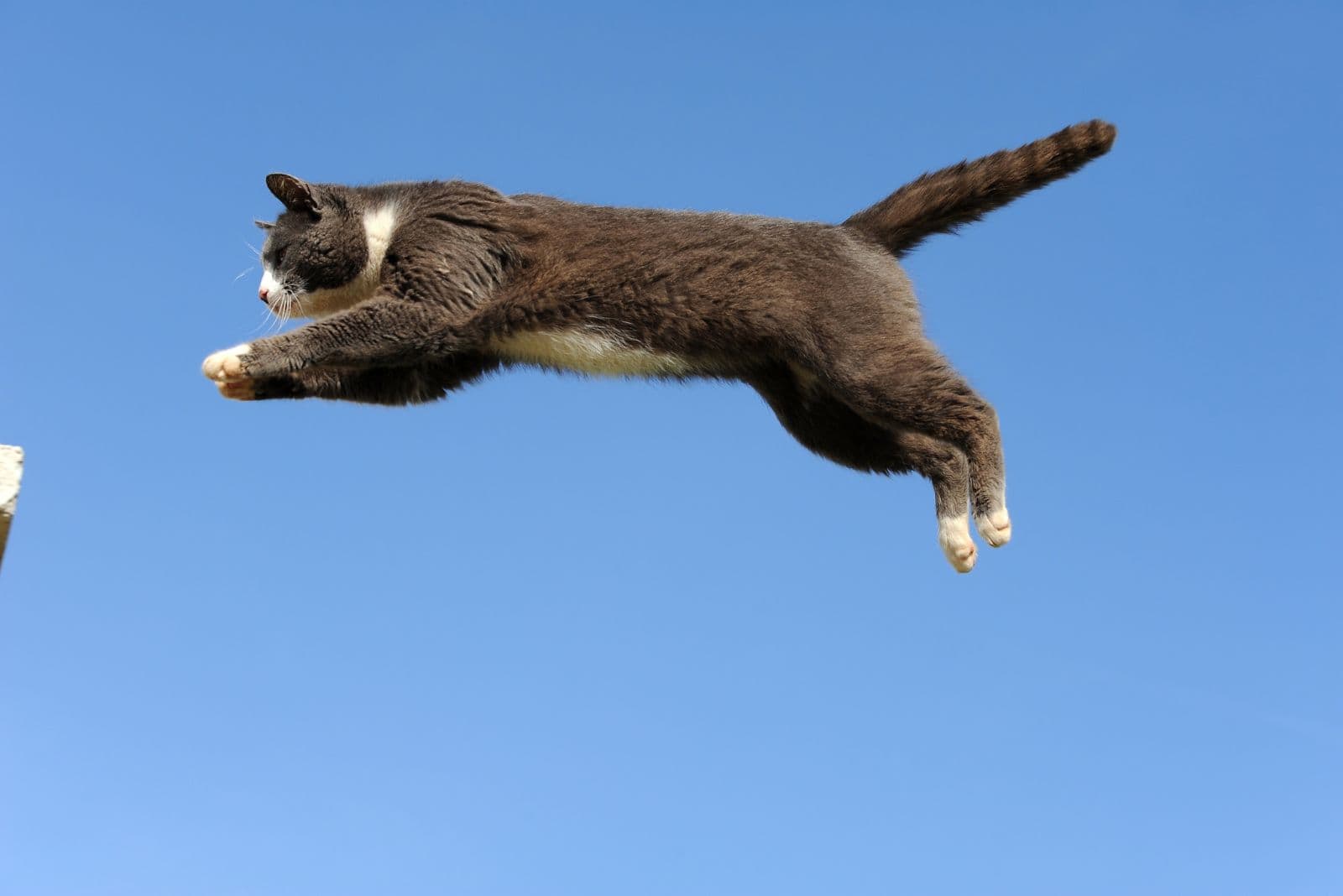
Terminal velocity is another critical factor in a cat’s righting reflex. Cats have lightweight bones and thick fur, meaning they don’t fall as rapidly or land as forcefully as larger animals.
When a cat reaches its terminal velocity, it instinctively spreads out its limbs to slow down. This can affect the cat’s landing position.
Research
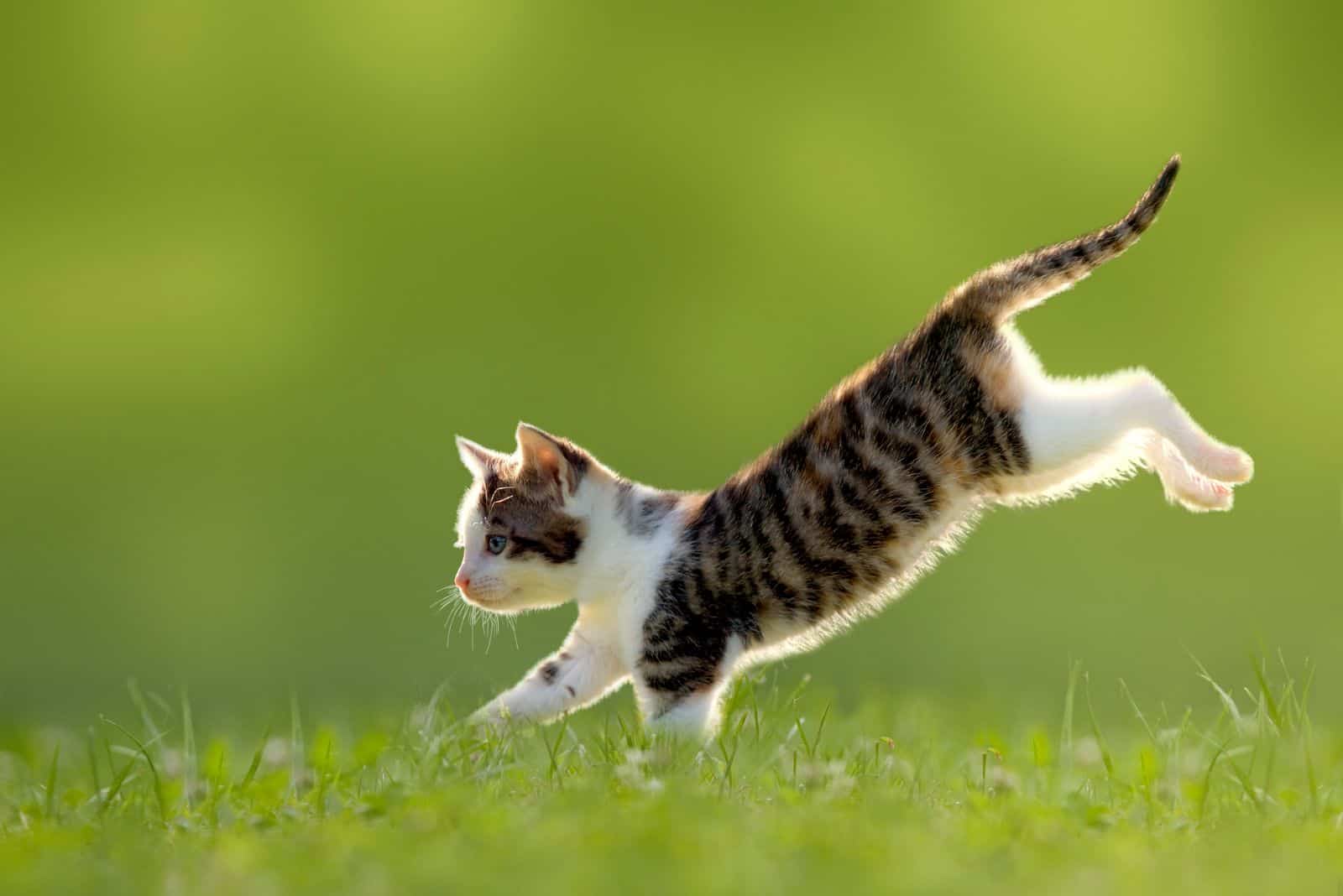
A 1987 study, done by the New York City Animal Medical Center, analyzed cats that fell from multi-story buildings and came up with certain results. Most cats survived the fall; however, some suffered severe injuries requiring emergency care.
The researchers concluded that the height of the cat’s fall affected the outcome. Cats falling from 7 to 32 stories suffered minor injuries, while those who fell from 2 to 6 stories suffered severe injuries.
Surprisingly, one cat fell from 32 stories and landed on its feet, having only a chipped tooth and a minor lung puncture.
The conclusion was that the higher the fall, the more time cats have to rotate themselves and land on their feet.
In Conclusion…
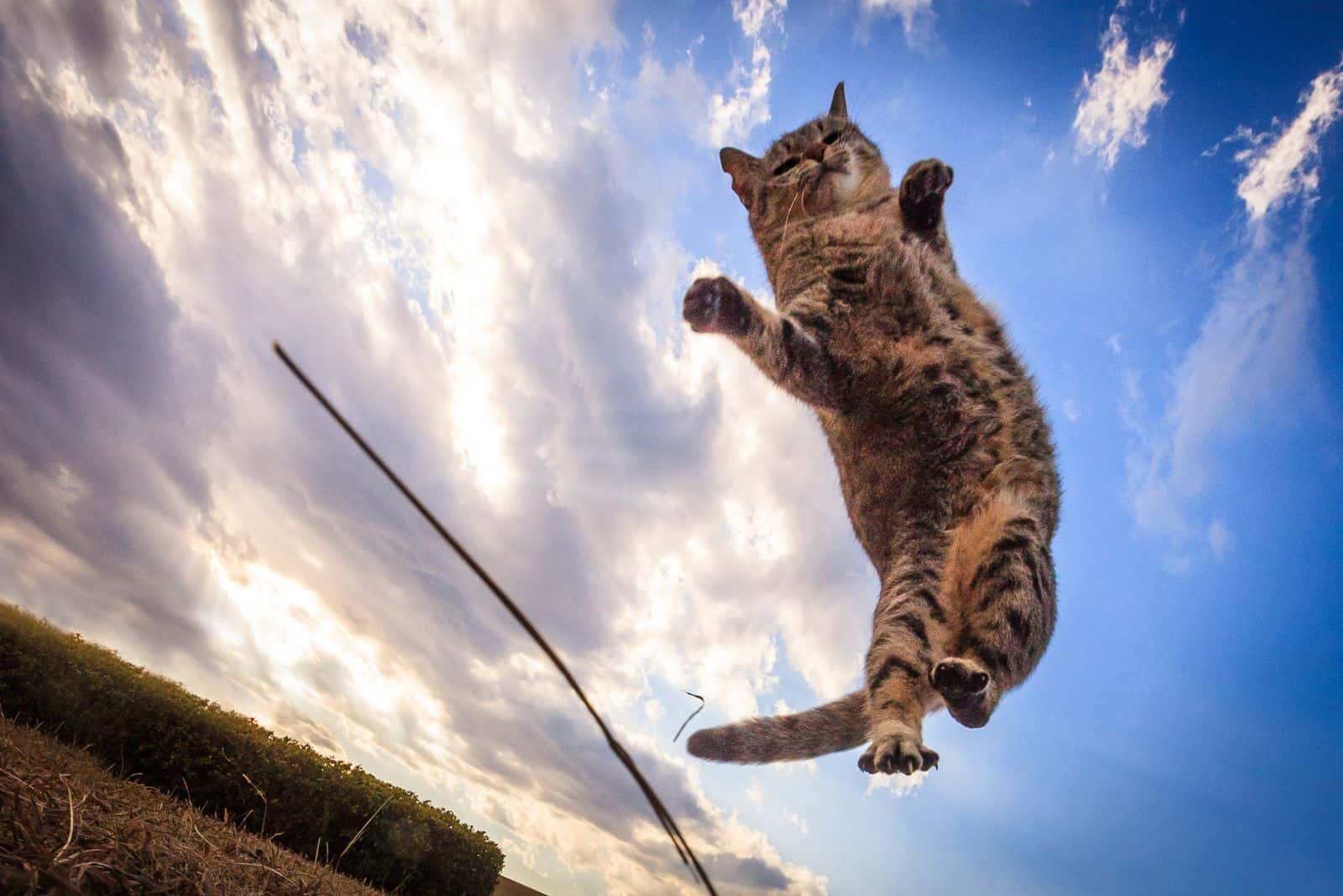
Cats are skilled animals and most of them will land on their feet, especially under certain conditions.
However, they won’t always land on their feet, which is why you need to be careful and pay attention to your feline friend to avoid possible injuries from falling from different heights.
READ NEXT: Cat Lives For “Trust Falls” With Her Owner And It’s Hilarious



